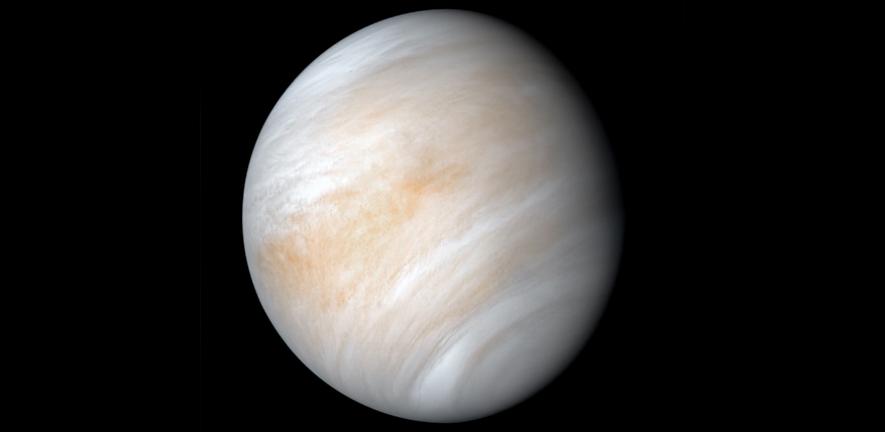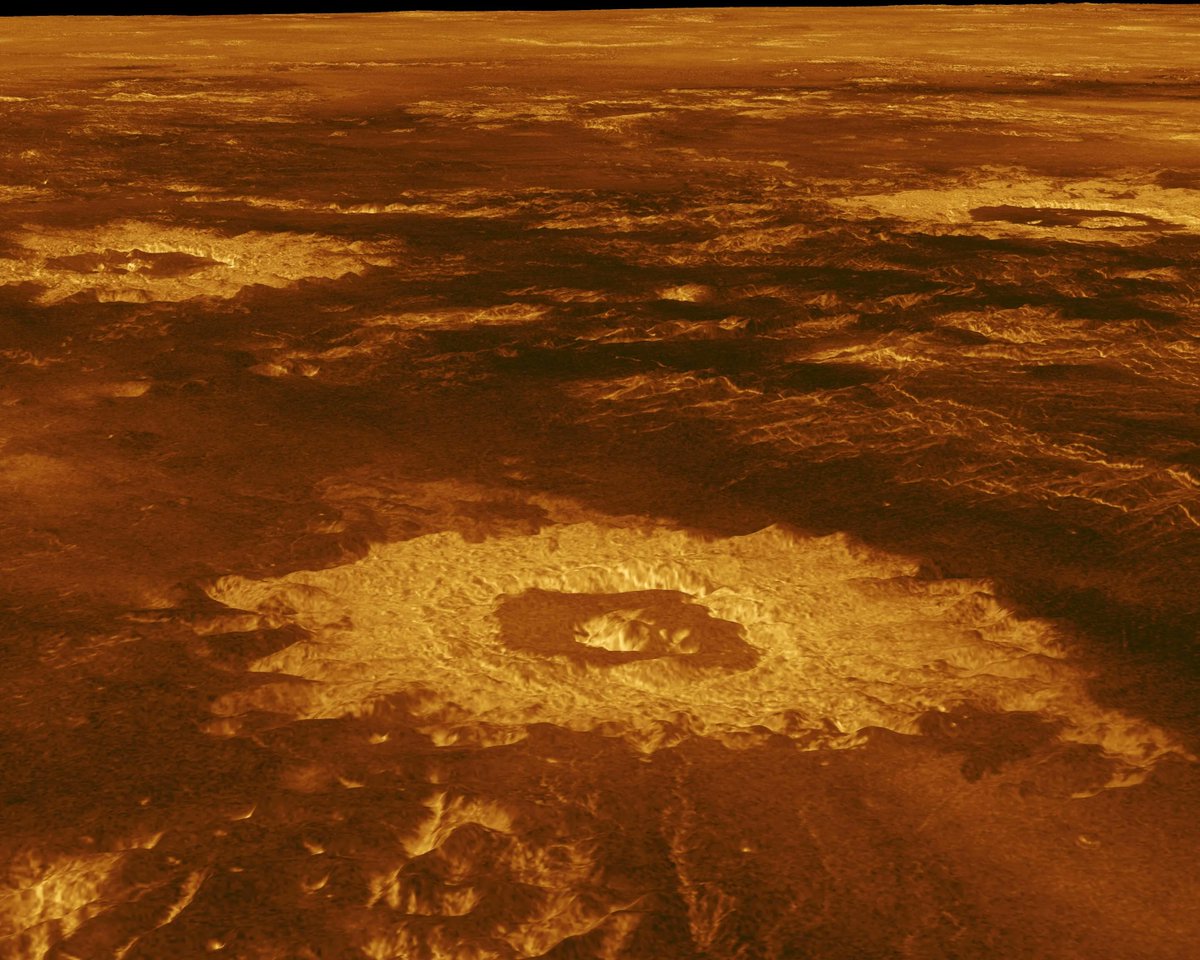The planet Venus is one of the most inexplainable and mysterious planetary objects in our solar system as its surface is beyond inhospitable for us fragile humans with temperatures at a searing 475 degrees Celsius (900 degrees Fahrenheit) and surface pressures more than 90 times that of Earth. However, its atmosphere is quite a different story as its temperature varies considerably ranging from -143 degrees Celsius (-226 degrees Fahrenheit) at night to 37 degrees Celsius (98 degrees Fahrenheit) in the daytime, and varies based on altitude, as well.
Continue reading “High Altitude Life Can’t Explain the Trace Gases in Venus’ Atmosphere”Venus' Atmosphere Stops it From Locking to the Sun
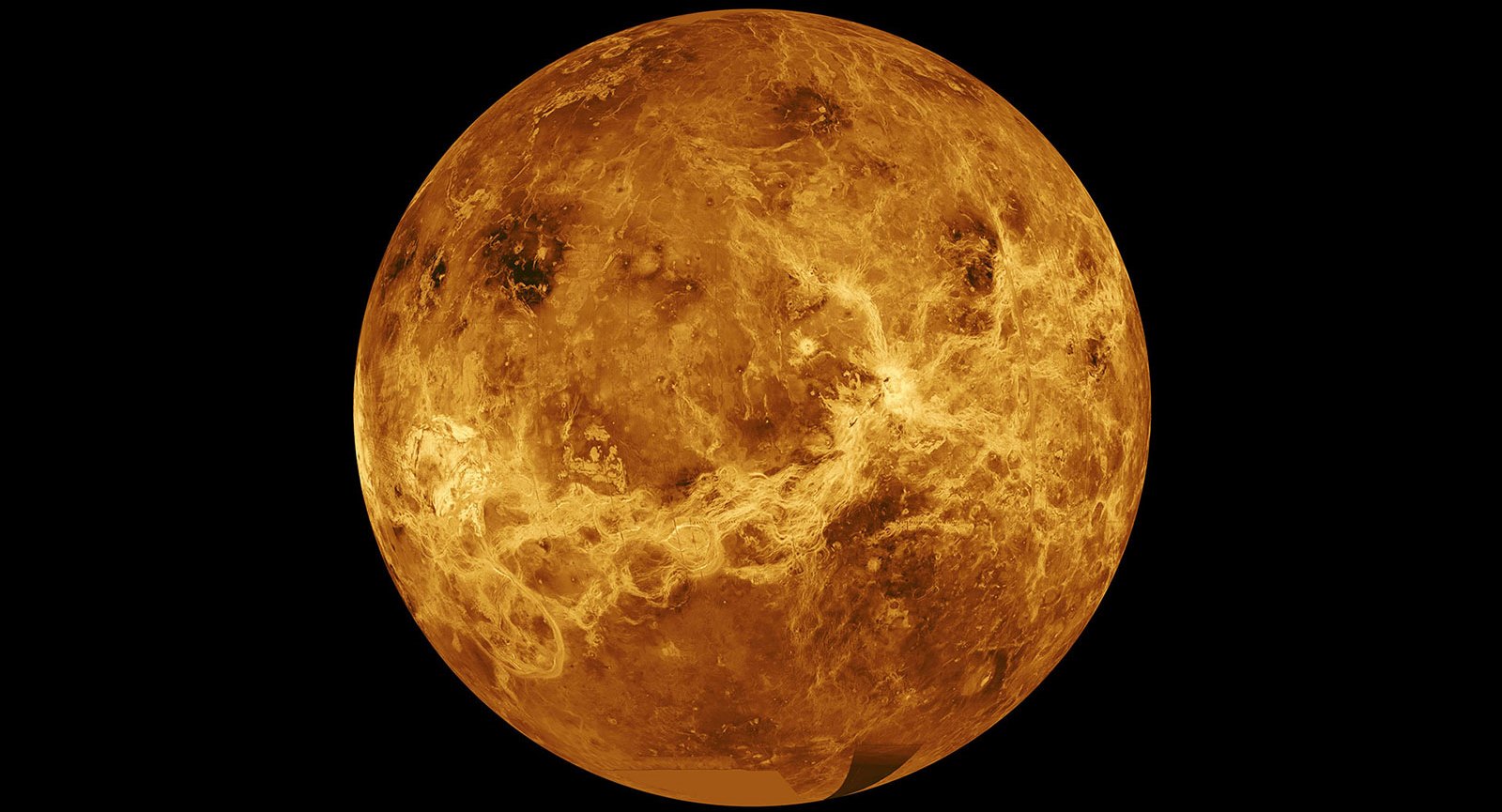
Of the thousands of exoplanets we’ve discovered, most of them closely orbit red dwarf stars. Part of this is because planets with short orbital periods are easier to find, but part of this is that red dwarf stars make up about 75% of the stars in our galaxy. This propensity of close orbiting planets has some pretty big implications for “potentially habitable” worlds, not the least of which is that most of these planets are likely tidally locked to their star. Or so we’ve thought.
Continue reading “Venus' Atmosphere Stops it From Locking to the Sun”Testing an Antenna That Will Float in the Atmosphere of Venus
Radar is finicky. It is extraordinarily useful for a multitude of tasks, but testing it for some particular tasks is complicated since almost everything interferes with it. That challenge is particularly acute when testing an antenna that is supposed to be used in space, which is why a team from the SENER engineering group in Spain decided to take a novel approach to testing the radar antenna the European Space Agency (ESA) plans to use for EnVision – they suspended it from a balloon.
Continue reading “Testing an Antenna That Will Float in the Atmosphere of Venus”Windspeeds on Venus Change Dramatically With Altitude
Venus is a difficult place to explore. Only a few missions have ever made it to the surface, in no small part because of how difficult it is to traverse the planet’s atmosphere. That difficulty was confirmed recently by a team led researchers at the University of Lisbon, who found that the upper part of Venus’ atmosphere suffers from hurricane-force winds of up to 360 kilometers per hour.
Continue reading “Windspeeds on Venus Change Dramatically With Altitude”Wow. Parker Solar Probe Took a Picture of the Surface of Venus
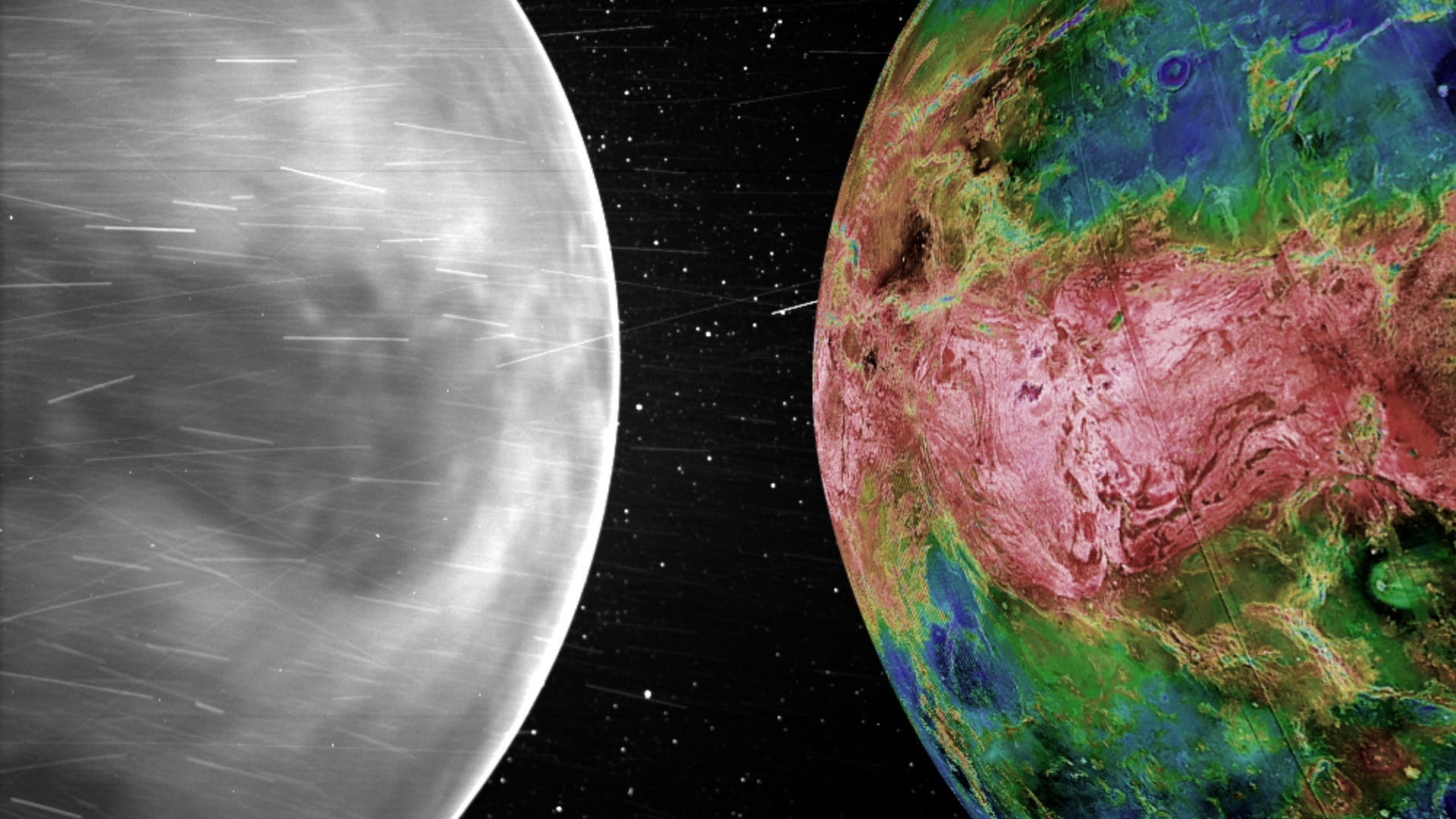
The Parker Solar Probe’s mission is to study the Sun. But the spacecraft’s instruments have nabbed some pretty impressive data on Venus, as it uses the planet for gravity assists in its ever-shrinking solar orbit.
Now, the spacecraft has captured visible light images of Venus’ surface, somehow able to peer through the shroud of clouds in the planet’s atmosphere.
This is complete bonus data that wasn’t ever expected.
Continue reading “Wow. Parker Solar Probe Took a Picture of the Surface of Venus”A Private Mission to Scan the Cloud Tops of Venus for Evidence of Life
The search for life on Venus has a fascinating history. Carl Sagan famously and sarcastically said there were obviously dinosaurs there since a thick haze we couldn’t see through covered the surface. More recently, evidence has pointed to a more nuanced idea of how life might exist on our sister planet. A recent announcement of phosphine in the Venusian atmosphere caused quite a stir in the research community and numerous denials from other research groups. But science moves on, and now some of the researchers involved in the phosphine finding have come up with a series of small missions that will help settle the question more thoroughly – by directly sampling Venus’ atmosphere for the first time in almost 40 years.
Continue reading “A Private Mission to Scan the Cloud Tops of Venus for Evidence of Life”Life Could Make Habitable Pockets in Venus’ Atmosphere

The tantalizing possibility that life exists in the clouds of Venus is once again causing a stir amongst planetary scientists this week. Researchers out of the Massachusetts Institute of Technology, Cardiff University, and the University of Cambridge have proposed that some longstanding ‘anomalies’ in the composition of Venus’ atmosphere might be explained by the presence of ammonia. But ammonia itself would be a strange compound to discover there, unless some unknown process – such as biological life – was actively producing it. Perhaps more intriguingly, ammonia can remove the acidity from Venus’ hostile cloud-tops, suggesting that an airborne, ammonia-producing microbe might have evolved the ability to turn its hostile surroundings into something habitable.
Continue reading “Life Could Make Habitable Pockets in Venus’ Atmosphere”Floating “Aerobats” Could be the Best way to Explore the Cloud Tops of Venus
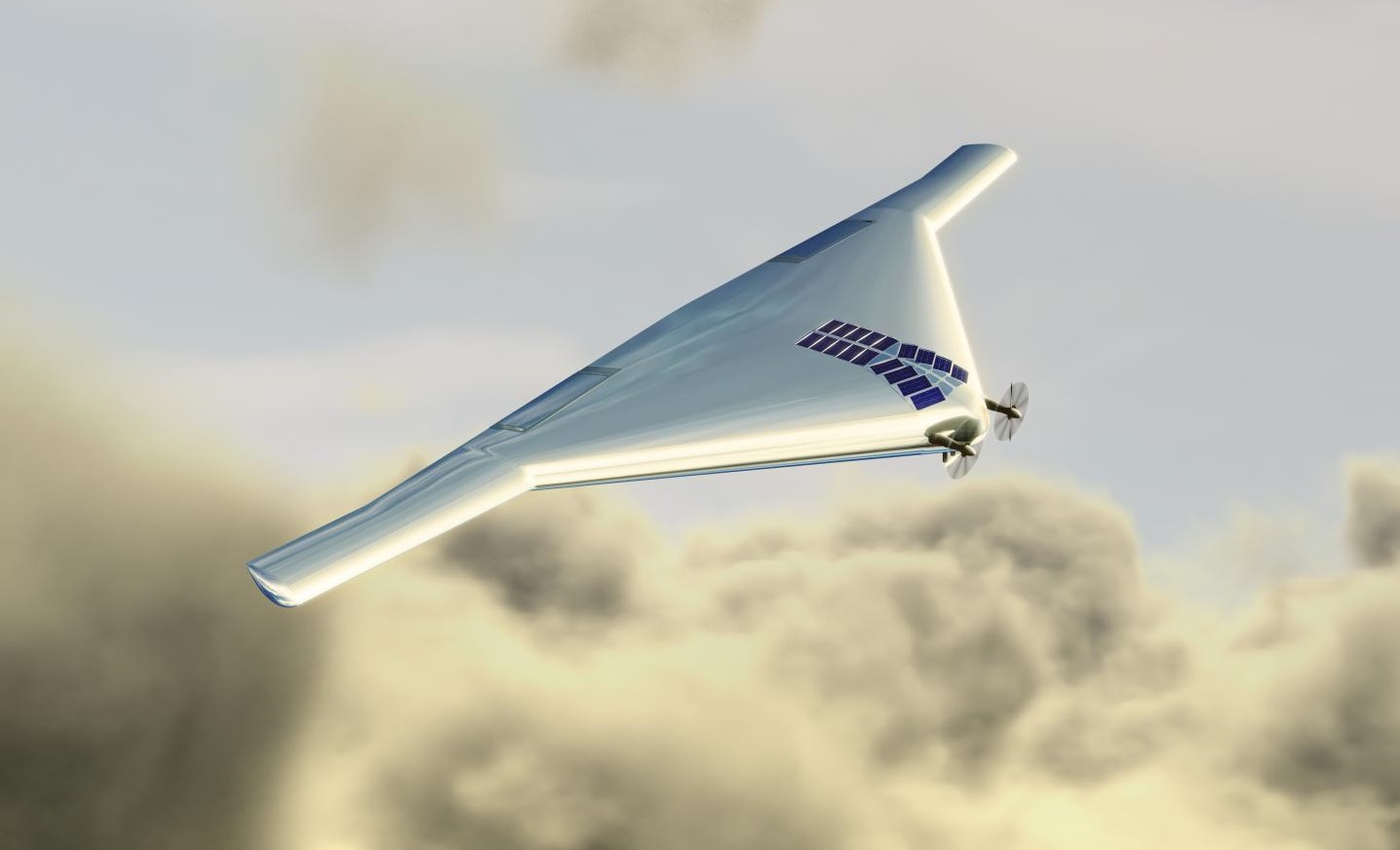
According to multiple lines of evidence, Venus was once a much different planet than it is today. But roughly 500 million years ago, a massive resurfacing event triggered a runaway greenhouse effect that led to the hot, poisonous, and hellish environment we see there today. Therefore, the study of Venus presents an opportunity to model the evolution of planetary environments, which can serve as a reference for what could happen in the future.
In the coming years, NASA plans to send lighter-than-air missions to Venus to explore the atmosphere above the cloud tops, where temperatures are stable and atmospheric pressure is comparable to that of Earth. With support from NASA, engineers at West Virginia University (WVU) are developing software that will enable balloon-based aerial robots (aerobots) to survey Venus’ atmosphere in small fleets.
Continue reading “Floating “Aerobats” Could be the Best way to Explore the Cloud Tops of Venus”Eggshell Planets Have a Thin Brittle Crust and No Mountains or Tectonics
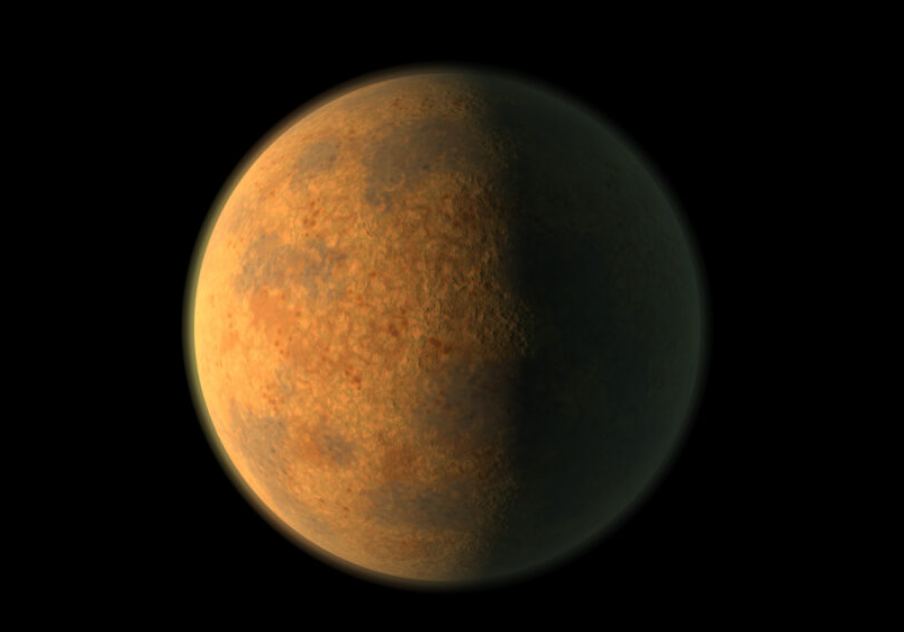
Planets without plate tectonics are unlikely to be habitable. But currently, we’ve never seen the surface of an exoplanet to determine if plate tectonics are active. Scientists piece together their likely surface structures from other evidence. Is there a way to determine what exoplanets might be eggshells, and eliminate them as potentially habitable?
The authors of a newly-published paper say there is.
Continue reading “Eggshell Planets Have a Thin Brittle Crust and No Mountains or Tectonics”A new Climate Model Suggests That Venus Never had Oceans
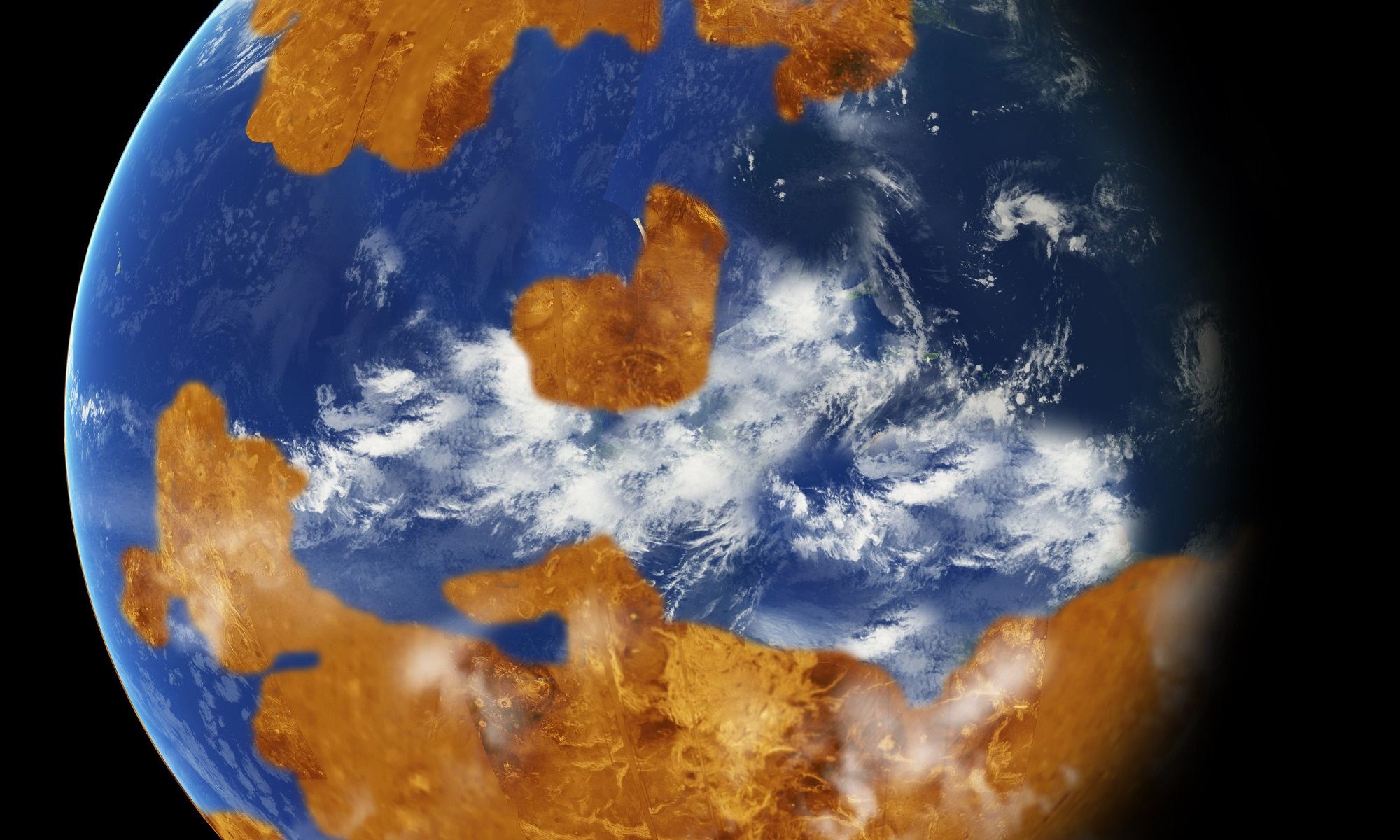
Thanks to evidence provided by missions like NASA’s Magellan spacecraft, scientists have theorized that Venus likely experienced a catastrophic resurfacing event about 500 million years ago (give or take 200 Mya). This is believed to be the reason why Venus is such a hellish place today, with an atmosphere that is 92 times as dense as Earth’s, predominantly composed of carbon dioxide (CO2), and temperatures hot enough to melt lead.
The question of what Venus was like before this event took place – particularly, whether or not it had oceans – has been the subject of debate ever since. While many believe that Venus’s surface was covered in large bodies of water, a recent study has contradicted this claim. Using a state-of-the-art climate model, a team of French researchers has developed an alternative scenario of how Venus evolved to become what it is today.
Continue reading “A new Climate Model Suggests That Venus Never had Oceans”
